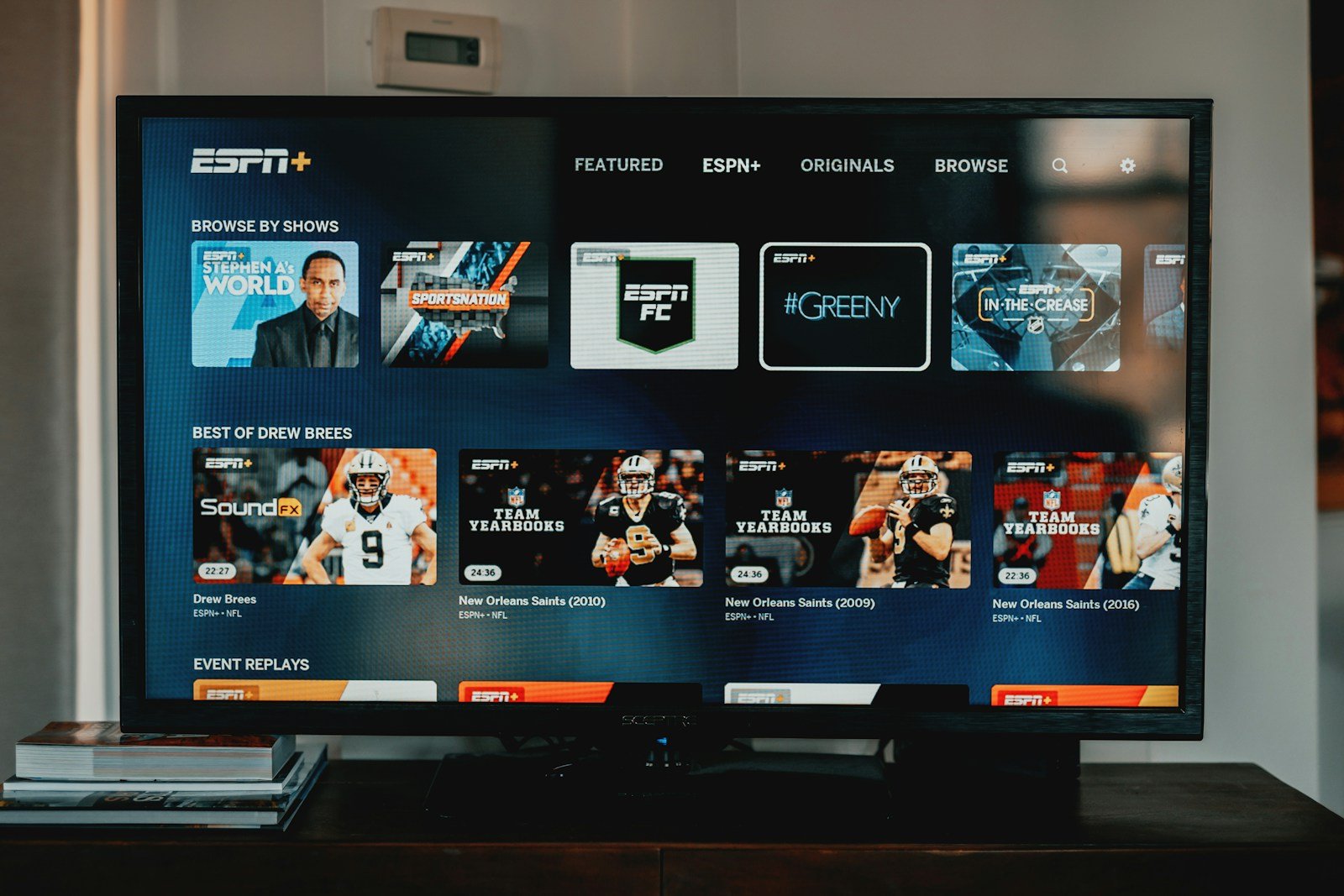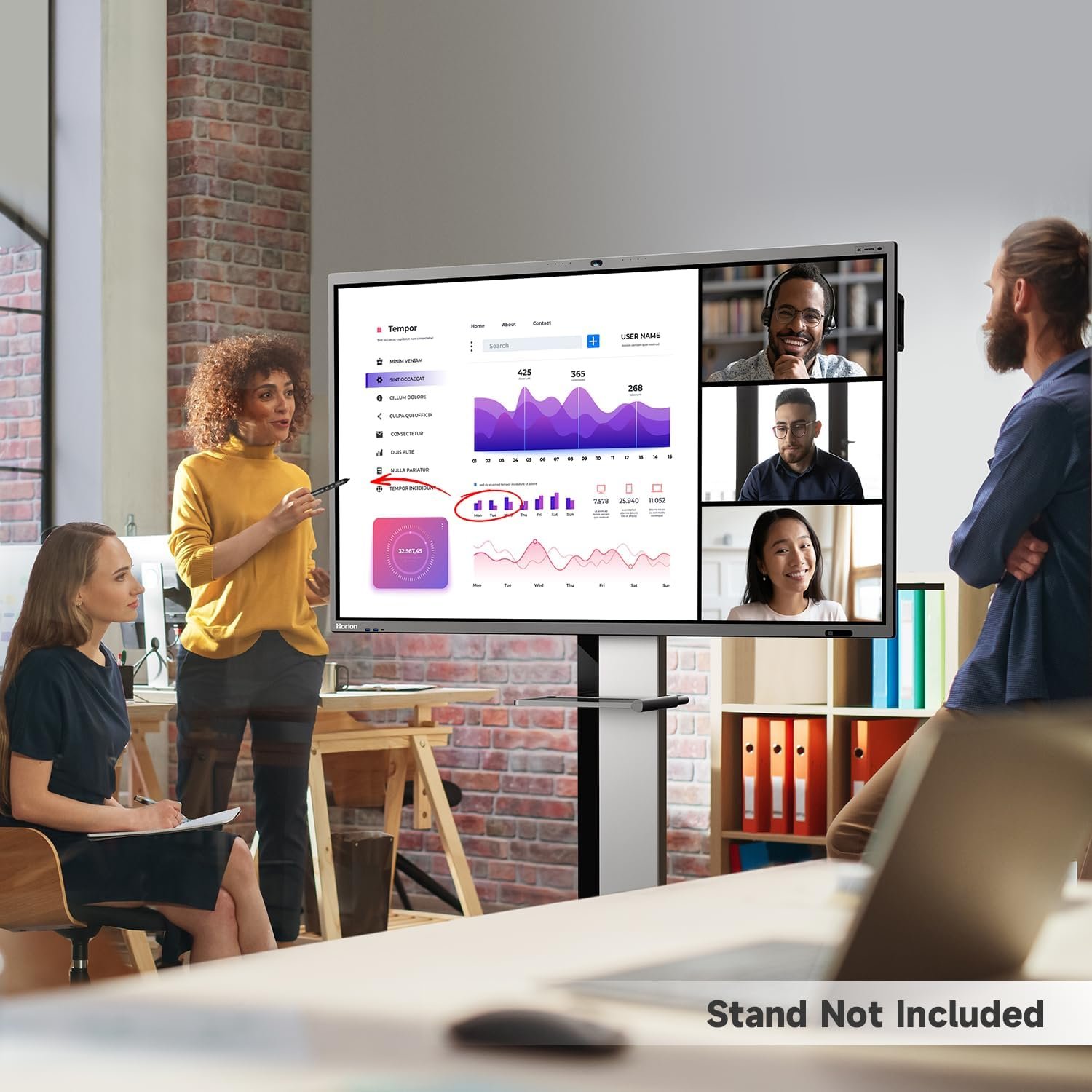Upselling during your webinar can take your webinars to the next level, providing value and increasing revenue. It’s an art that can be mastered. In this article, we will explore the strategies and techniques you can use to effectively upsell during your webinars, creating a win-win situation for both you and your audience. So, if you have been hosting webinars for a while now, sharing valuable information and connecting with your audience on a deeper level, get ready to elevate your webinar game and unlock the potential of upselling.
Unlock the Secret to Flawless Webinars – Contact Virtual Studio Today!
Understanding the Concept of Upselling
What upselling entails
Upselling is a sales technique that involves offering customers a higher-priced or more premium product or service than the one they initially intended to purchase. The goal is to persuade customers to spend more by enhancing their experience and value. Instead of simply making a single sale, upselling aims to increase the average transaction value and maximize revenue.
Pros and cons of upselling
Like any sales strategy, upselling has its pros and cons. On the positive side, upselling allows businesses to increase their profits by encouraging customers to spend more. It builds customer loyalty by providing them with better products or services that meet their needs more effectively. Additionally, upselling can result in a competitive advantage by positioning the business as a valuable resource for customers.
However, upselling can sometimes lead to negative customer experiences if not done properly. If customers feel pressured or manipulated into purchasing something they don’t need, it may damage the brand’s reputation and result in decreased trust. Finding the right balance between offering value and respecting the customer’s decision is crucial in successful upselling.
Difference between upselling and cross-selling
It’s essential to understand the difference between upselling and cross-selling to effectively implement these strategies. While upselling involves encouraging customers to opt for a more expensive or premium option within the same product line or category, cross-selling suggests complementary products or services.
For instance, if a customer is purchasing a smartphone, upselling would involve suggesting a higher-priced model with advanced features from the same brand. On the other hand, cross-selling would involve recommending accessories such as phone cases or headphones that enhance the user experience.
Letting the Webinar Content Speak for the Upsell
Creating value with your webinar content
Webinars provide a unique opportunity to create value for your audience. By offering informative and relevant content, you can establish yourself as an expert in your industry and build trust with your attendees. This trust serves as a solid foundation for effective upselling.
When planning your webinar, focus on topics that align with your products or services. Address pain points, provide valuable insights, and offer practical solutions. By delivering valuable content, you will capture the attention of your audience and position yourself as a trusted advisor.
How to subtly introduce the upsell within the content
The key to successfully introducing an upsell during your webinar is to make it subtle and seamlessly integrated within the content. Instead of appearing pushy or sales-oriented, frame the upsell as a natural next step that enhances the value of what you’ve already presented.
For example, if you’re discussing a specific topic and realize there’s a relevant product or service that can provide even more value to your attendees, mention it as an option. Present it as an additional resource that can help them further achieve their goals or overcome challenges.
Timing your upsell for maximum impact
Timing is critical when it comes to upselling during a webinar. You want to deliver your upsell at a point when your audience is most engaged and receptive to the additional offer. Typically, this is towards the end of the webinar when attendees have absorbed your valuable content and are actively seeking ways to implement it.
Avoid introducing the upsell too early, as it may distract your audience from the core webinar content. Similarly, presenting the upsell too late may result in missed opportunities. Find the balance that works for your specific webinar flow and ensure your upsell is delivered at a time when it can have the greatest impact.
Crafting a Compelling Upsell Offer
Highlighting the benefits of the upsell
To effectively upsell during your webinar, it’s essential to emphasize the benefits of the additional product or service. Clearly communicate how the upsell enhances the experience or solves a specific problem for your audience.
Focus on the unique features, added value, or convenience that the upsell offers. Explain how it can save time, increase productivity, or provide a competitive advantage. By highlighting the benefits, you create a compelling case for why your audience should consider the upsell.
Pricing the upsell strategically
Pricing plays a crucial role in upselling. The upsell should be priced attractively enough to entice your audience, but not so high that it becomes unaffordable or unappealing. Consider the perceived value of the upsell and ensure that the price reflects that value.
Offering a discount or limited-time offer can further incentivize your audience to take advantage of the upsell. However, be cautious not to devalue your product or service by setting the price too low. Find the right balance between affordability and maintaining the value of what you’re offering.
Using scarcity and exclusivity to drive interest
Scarcity and exclusivity can drive interest and urgency among your webinar attendees. By positioning the upsell as a limited opportunity or exclusive offer, you create a sense of urgency that encourages your audience to take action.
For example, you could offer a limited number of spots for a special coaching session or provide access to a premium feature for a limited time. The perceived exclusivity and scarcity can create a fear of missing out (FOMO) that motivates your audience to seize the opportunity.
Using the Power of Storytelling for Upselling During Your Webinar
Crafting a compelling story around your offer
Humans are hardwired to connect with stories. By crafting a compelling narrative around your upsell offer, you can tap into the power of storytelling and create a deeper emotional connection with your audience.
Share success stories or case studies that demonstrate how the upsell has helped others achieve their desired outcomes. Paint a vivid picture of the transformation that can occur when they embrace the additional product or service. By evoking emotions and illustrating the potential benefits, your audience is more likely to be motivated to take action.
Using testimonials and case studies
Testimonials and case studies are powerful tools for upselling. They provide social proof and demonstrate the real-world impact of your upsell offer. Incorporate testimonials from satisfied customers who have experienced the value of the upsell.
During your webinar, highlight specific examples of how the upsell has benefited customers and helped them achieve remarkable results. By showcasing these success stories, you build credibility and inspire your audience to envision themselves achieving similar outcomes.
How storytelling elicits emotional buying
Storytelling elicits emotional buying by appealing to the emotional needs and desires of your audience. When you create a narrative around your upsell offer, you tap into their aspirations, fears, dreams, and desires.
By connecting with their emotions, you create a sense of urgency and importance around the upsell. When your audience feels emotionally invested and connected, they are more likely to make a purchasing decision based on their emotions rather than solely on logic.
Leveraging Technology for Effective Upselling
Using webinar features for upselling
Webinar platforms offer a range of features that can be leveraged to enhance your upselling efforts. Utilize features such as screen sharing, polls, and interactive elements to engage your audience and present the upsell offer effectively.
Screen sharing allows you to showcase the features and benefits of the upsell visually. Polls can be used to gather feedback and assess the interest of your audience in the upsell. Interactive elements like quizzes or surveys can provide valuable insights that help tailor your upsell offer to individual attendees.
Choosing suitable webinar software for upsell purposes
When selecting a webinar software, consider its capabilities for facilitating upselling. Look for platforms that provide flexibility in terms of integrating additional offers, displaying visual content, and collecting audience data.
Ensure that the platform you choose supports interactive elements and has a user-friendly interface for both presenters and attendees. Seamless integration with your e-commerce or customer relationship management (CRM) system can also enhance your ability to effectively manage and track upsell conversions.
Optimizing the chat and Q&A options for upselling
The chat and Q&A options during your webinar can serve as powerful tools for upselling. Encourage attendees to ask questions related to the upsell offer and address those questions promptly and comprehensively.
Additionally, you can use the chat function strategically to engage with participants and subtly promote the upsell. Share relevant links or resources that provide additional information about the upsell. By leveraging these interactive features, you can further pique the interest of your audience and drive upsell conversions.
Building Customer Trust and Relationships
Why trust is crucial for upselling
Trust is the foundation of a successful upselling strategy. Without trust, customers are unlikely to be receptive to additional offers or feel confident in their purchasing decisions. Building trust establishes a relationship of transparency, credibility, and reliability.
Consistently delivering high-quality products or services, providing exceptional customer support, and demonstrating expertise in your field are essential elements in building trust. When your audience trusts you and believes in the value you offer, they are more likely to be open to upsell opportunities.
Building rapport with webinar attendees
During your webinar, focus on building rapport with your audience. Engage with them sincerely and actively listen to their questions, comments, and concerns. Use their names when addressing them and make them feel seen and heard.
Encourage interaction and participation, creating a sense of community among your attendees. Responding promptly to their inquiries and providing valuable insights helps to establish yourself as an authority and builds trust. When attendees feel connected and valued, they are more likely to be receptive to your upsell offers.
Balancing sales and relationship-building
Finding the balance between sales and relationship-building is crucial in effectively upselling during your webinar. While the ultimate goal is to increase revenue through upsells, focusing solely on sales can be off-putting and damage the trust and relationship you’ve built with your audience.
Strive to strike a balance between offering value, building relationships, and making sales. Ensure that your webinar content remains informative, engaging, and relevant. By providing consistent value and nurturing your relationships, you establish a solid foundation for successful upselling.
Overcoming Objections to the Upsell
Understanding common objections to upselling
Objections to upselling are inevitable, but being prepared to address them proactively is key to overcoming them successfully. Some common objections include:
- Price: Customers may express concerns about the affordability or value-for-money of the upsell.
- Need: They may question whether they truly need the additional features or if their current product meets their requirements.
- Trust: Customers might be hesitant to commit to the upsell due to concerns about reliability, quality, or trustworthiness.
- Timing: Some customers might feel that the upsell is not the right fit for their current situation or that it’s not the right time to make the purchase.
Preemptively addressing objections during the webinar
One effective way to overcome objections is to preemptively address them during the webinar. Anticipate the objections your audience may have and proactively provide answers and reassurances within the content.
Highlight the value and benefits of the upsell, addressing concerns related to price, need, trust, and timing. Share success stories and testimonials that illustrate how the upsell has positively impacted others. By addressing objections before they arise, you alleviate doubts and build confidence in your audience.
Handling objections during the Q&A session
Despite your preemptive efforts, objections may still arise during the Q&A session of your webinar. It’s essential to handle these objections with empathy, actively listening to your attendees and understanding their concerns.
Respond to objections calmly and professionally, providing relevant information and addressing each concern individually. Offer alternatives or clarification when necessary, making the attendee feel heard and valued. By addressing objections openly and honestly, you can help attendees make an informed decision about the upsell.
Upselling Techniques Pros Use
Upselling techniques used by successful marketers
Successful marketers employ various upselling techniques to maximize their conversions. Some effective techniques include:
- Bundling: Offering a bundle of products or services together at a discounted price, encouraging customers to spend more.
- Tiered pricing: Presenting multiple price options with increasing levels of features or benefits, catering to different customer needs.
- Limited-time offers: Creating a sense of urgency by providing time-limited discounts or bonuses alongside the upsell.
- Personalization: Tailoring the upsell offer to the specific needs and preferences of each customer, making it feel more relevant and enticing.
How to apply these techniques to your own upselling strategy
To apply these techniques to your upselling strategy, consider your target audience’s preferences and purchasing behavior. Analyze customer data and feedback to identify opportunities for bundling or tiered pricing that align with their needs.
Create a sense of urgency by offering limited-time incentives that make the upsell opportunity more compelling. Utilize personalization strategies by segmenting your audience and developing tailored upsell offers for each segment. By implementing these techniques, you can increase the effectiveness of your upselling efforts.
Learning from upselling mistakes made by others
Learning from the mistakes of others can help you avoid common pitfalls and improve your upselling strategy. Some common mistakes to be aware of include:
- Overselling: Pushing too hard for the upsell without genuinely considering the customer’s needs or preferences.
- Lack of transparency: Failing to provide clear information about the upsell or concealing important details that may affect the customer’s purchasing decision.
- Ignoring objections: Disregarding or dismissing customer objections instead of addressing them respectfully and thoroughly.
- Focusing solely on the upsell: Neglecting the overall customer experience and relationship-building aspect by solely focusing on upselling.
By studying these mistakes and their consequences, you can refine your approach and ensure a more positive experience for your webinar attendees.
Ready to Captivate Your Audience? Let Virtual Studio Elevate Your Webinar Game!
Measuring the Success of Your Upselling Efforts
Key performance indicators for upselling
To measure the success of your upselling efforts, you need to define key performance indicators (KPIs) that align with your goals. Some essential KPIs for upselling include:
- Upsell conversion rate: The percentage of webinar attendees who take advantage of the upsell offer.
- Average order value: The average amount spent by customers who opted for the upsell.
- Customer lifetime value: The total revenue generated from customers who have been successfully upsold over their lifetime.
- Return on investment (ROI): The ratio of the revenue generated from upsells to the costs associated with your upselling strategy.
Tracking and analyzing these KPIs helps you assess the effectiveness of your upselling efforts and make data-driven decisions for improvement.
Using customer feedback to assess success
Customer feedback plays a vital role in assessing the success of your upselling efforts. Collect feedback through surveys, testimonials, or direct communication with webinar attendees to understand their experiences and perceptions.
Ask specific questions about the upsell offer, such as whether it provided value, met their needs, or enhanced their overall experience. Use this feedback to identify strengths and areas for improvement in your upselling strategy. By listening to your customers, you can refine your approach and increase the success rate of future upsells.
Refining your approach based on assessment
Based on the assessment of your upselling efforts and customer feedback, refine your approach to enhance future webinar upsells. Identify areas where conversions were strong and replicate those strategies in future webinars.
Address any weaknesses or objections that hindered upsell conversions and develop strategies to overcome those challenges. Continually refine your upselling approach to optimize your webinar content, offers, and techniques. By continuously assessing and improving your approach, you can maximize the success of your upselling efforts.
Case Study: Successful Upselling During Webinars
Analyzing a successful upselling webinar
Let’s analyze a case study of a successful upselling webinar to understand the key elements that contributed to its success. In this case, a software company hosted a webinar on productivity hacks and time management.
During the webinar, the speaker shared valuable insights, practical tips, and case studies illustrating the effectiveness of their software in improving productivity. Towards the end of the webinar, the speaker seamlessly introduced an upsell offer for an advanced version of the software with additional features.
The upsell offer was presented as a limited-time opportunity with a discounted price and a bonus training session for early adopters. The speaker used personal stories from satisfied customers who achieved significant productivity gains through the upsell.
What made the upselling efforts successful
Several factors contributed to the success of the upselling efforts in this webinar. First, the content provided substantial value to the audience by addressing a common pain point and offering practical solutions. This built trust and credibility, positioning the speaker as an expert.
The timing of the upsell was effective, as it was introduced after delivering the valuable content and addressing the audience’s pain points. The limited-time offer, discounted price, and bonus training session created a sense of urgency and exclusivity, compelling attendees to take action.
The use of personal stories and case studies evoked emotions and demonstrated the tangible benefits of the upsell. By showcasing real-world success stories, the speaker built social proof and inspired the audience to envision their own productivity transformation.
Applying the learnings to your own webinar
To apply the learnings from this case study to your own webinar, focus on delivering high-value content that addresses your audience’s pain points. Seamlessly integrate the upsell into the webinar flow, ensuring the timing is optimal for maximum impact.
Consider offering incentives such as limited-time discounts or exclusive bonuses to create a sense of urgency and exclusivity. Highlight the benefits of the upsell using personal stories and case studies to evoke emotions and build social proof.
By analyzing successful upselling webinars, you can adapt and incorporate effective strategies into your own webinar to increase upsell conversions and maximize revenue.
In conclusion, mastering the art of upselling during your webinar requires a comprehensive understanding of the concept, strategic content development, compelling offer crafting, storytelling techniques, leveraging technology, building customer trust, overcoming objections, utilizing upselling techniques, measuring success, and analyzing successful case studies. By implementing these strategies and continuously refining your approach, you can effectively upsell during your webinars and achieve greater success in your business endeavors.
Transform Your Webinars from Bland to Grand – Connect with Virtual Studio Experts!







